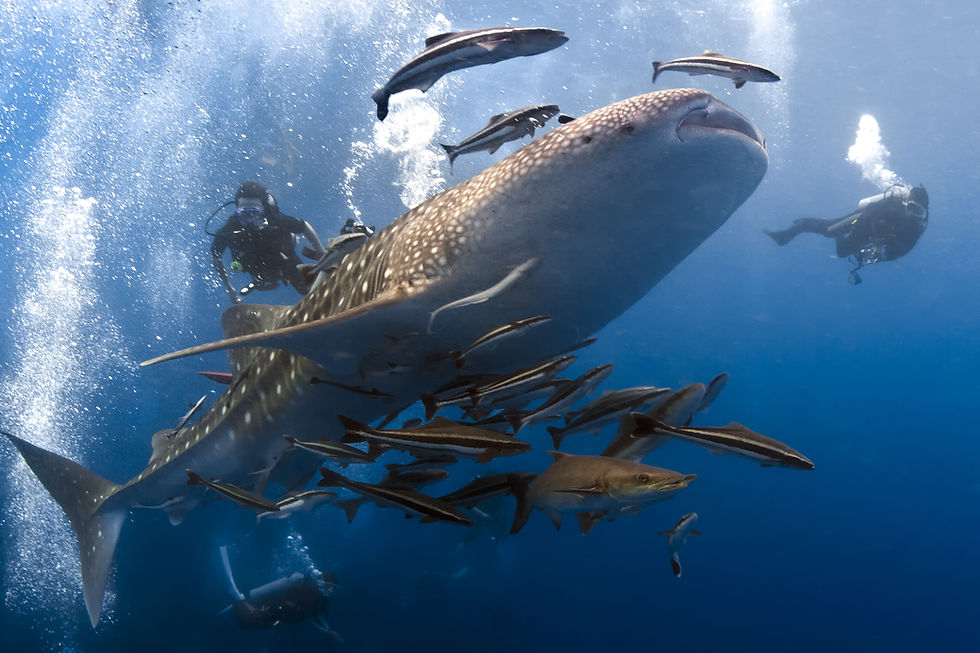Plentiful resources helps promote Peace
- Jennifer Depew

- Oct 25, 2018
- 2 min read
The question of whether humans are innately violent as a species in comparison to other species was studied (1024 animal species) and the scientists found that yes, primates and humans do tend to be more violent than some other types of species. Living in social groups and protecting territory was linked with increased likelihood of violence, and limited resources could also increase risk.
Species that tend to live in isolation from each other and are non-territorial were found to be less violent among their own species on average. Whales for example are not generally violent towards other members of their species. Bats have a scary reputation among humans but as a group they were also found to tend towards non-violence. Most species of bats eat insects or fruit and most types of whales sift plankton out of ocean water so food supply would be plentiful.
The research team also looked at 600 human groups over time and found that early hunters and gatherers did have some violence at similar levels to other types of primates that were studied. Tribal groups protecting territory and limited resources in sparsely populated areas seemed to have increased levels of violence compared to more densely populated areas suggesting peace of the settled area helped maintain the settlement. Groups with chiefdom style leadership tended towards increased violence when there was territorial disputes, political rivalry, and/or increasing population with limited resources. Transitioning to states with state control over violence (police and military type of control for example) also seemed to lead to less violence in the society.
For more information and a graphic that includes many animal species see: "The phylogenetic roots of human lethal violence," JM Gómez, M Verdú, A González-Megías, Nature, Vol 538, pp 233-237, 9/28/2016, nature.com.
Excessive use of force by police and discriminatory use of force may lead to increased violence in the society. See: "Militarization fails to enhance police safety or reduce crime but may harm police reputation," J Mummolo, 8/20/2018, PNAS.org.
Economic scarcity and political rivalry may be factors in the current increase we are seeing in rates of violence in the United States. Political rhetoric can lead a crowd the wrong direction as mob mentality can make clear thinking more difficult within the raised emotional environment of a group.
For a discussion of recent political rhetoric and violence see: "The Dangerously Thin Line Between Political Incitement and Political Violence" newyorker.com.
Research on the rate of violence in cities that hosted a campaign rally for Donald Trump found a 12% increase following the events. See: "Assaults Increased When Cities Hosted Trump Rallies, Study Finds," cceb.med.upenn.edu.
The legal definition of speech that may incite violence is available in an article about remarks made by a leader of a group recently arrested for violence that are both political in nature and which could be legally defined as risking violence: "Proud Boys Founder Gavin McInnes "We need more violence from the Trump people"," gritpost.com.
Scarcity of resources will become a greater concern as climate change effects growing conditions and marine life. Warmer and more acidic oceans will reduce the populations of marine life that provide protein for humans and plankton for whales.









Comments